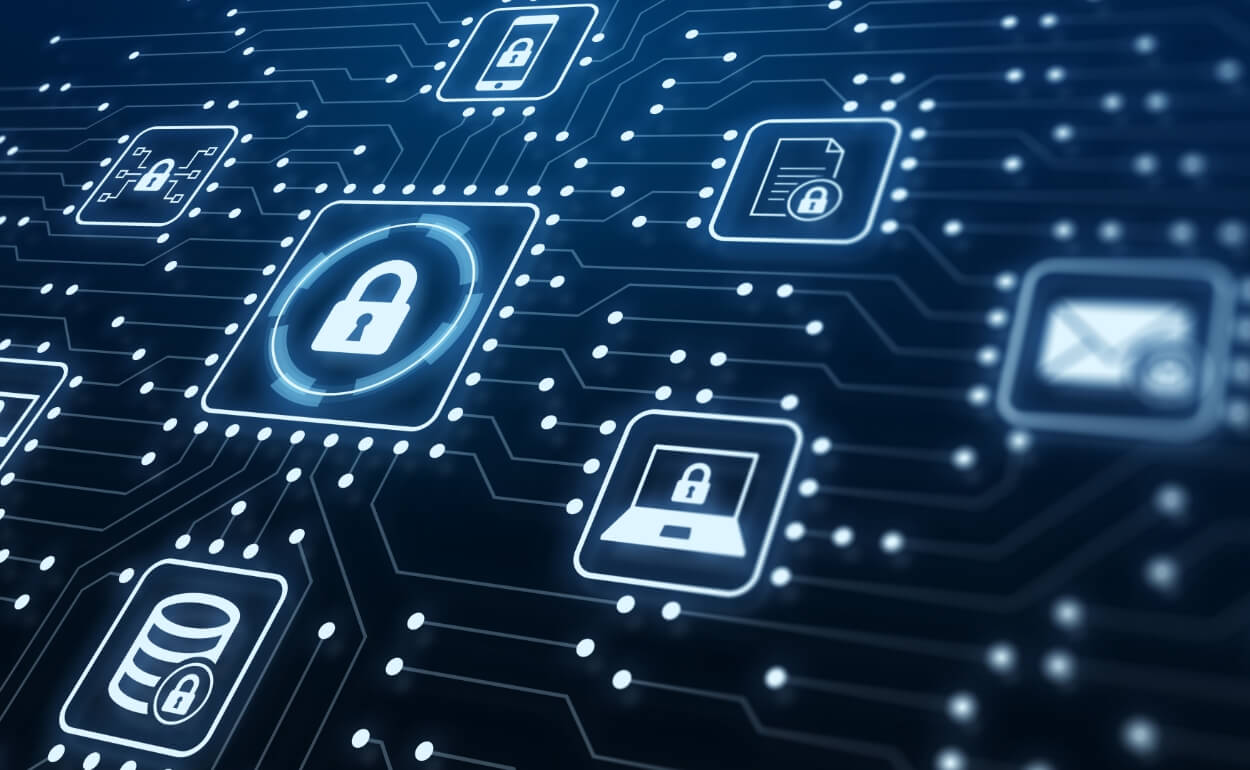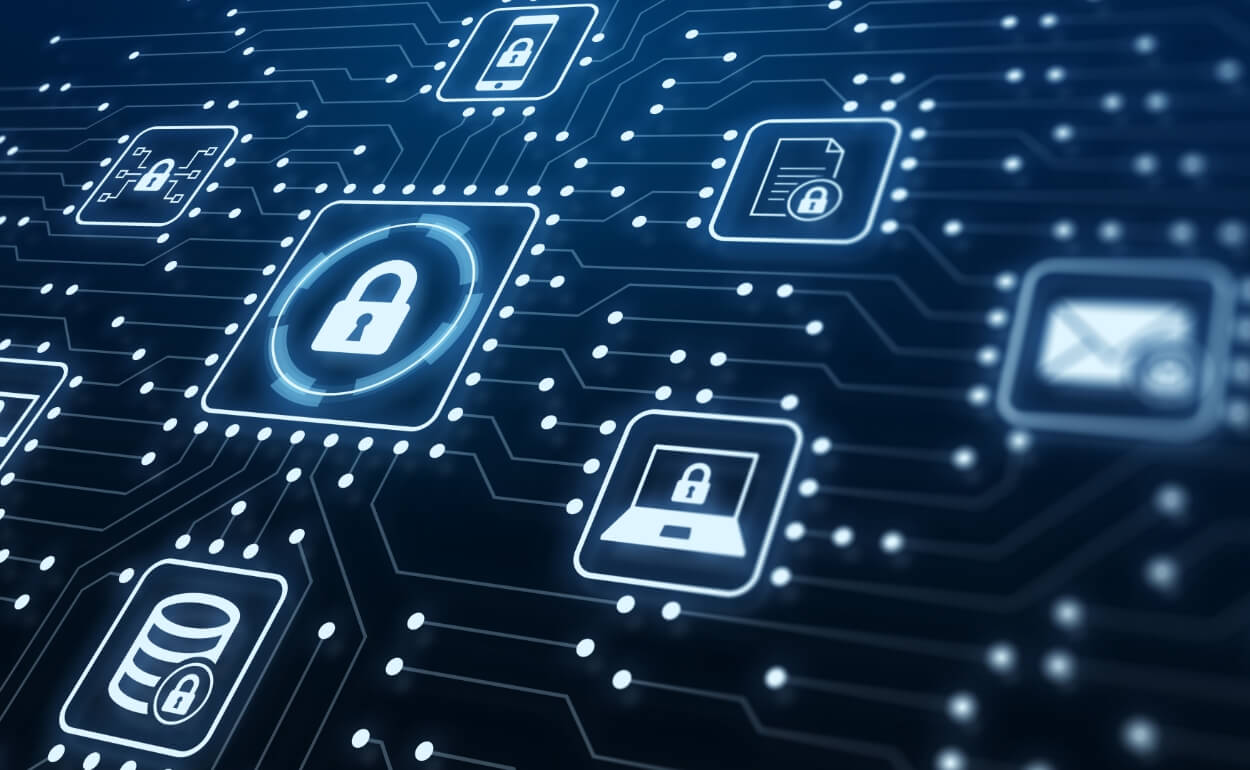Reviews the initiatives utilities are undertaking to introduce new technologies and increase digitalization of its network and infrastructure. Also includes cybersecurity activities and controls to mitigate its exposure to risks.



This activity reviews the initiatives utilities are undertaking to introduce new technologies and increase digitalization of its network and infrastructure to perform new or innovative services while improving efficiencies and reducing costs (e.g., artificial intelligence, predictive analytics, blockchain). Also includes information technology and cybersecurity activities and controls to mitigate its exposure to risks.
Electric utilities have a great responsibility to provide a stable and secure infrastructure in the communities in which they operate. At the same time, the electrical system is undergoing a transformation, where the technology and innovation hinder traditional business models. In general, 3 major trends are underway that are changing the operation of utilities: (1) Electrification of large sectors of the economy, such as transport and heating; (2) Decentralization, driven by a sharp reduction in the costs of distributed energy resources (DERs) such as distributed storage, distributed generation, demand flexibility and energy efficiency; and (3) digitalization of both the network, with smart metering, smart sensors, automation, and other digital network technologies, and in addition to the meter, with the advent of the Internet of Things (IoT) and a surge of power-consuming connected devices
To follow this path, utilities must respond quickly to these changes, in addition to complying with current regulatory standards. In this way, companies have accelerated the adoption of intelligent technologies, data digitization, data processing and many other technologies and processes to maximize the return of this new scenario.
However, while digitalization in the power sector increases, it can also increase the vulnerabilities that utilities may face in cybersecurity. The concern with cybersecurity is essential, because in addition to causing power outage and affecting the health and safety systems, it can also damage the company's reputation, expose sensitive company information, steal customer information and more. Thus, utilities must adopt preventive measures to avoid these exposures, but they must also have contingency plans when these attacks occur. In the current context, utilities can be threatened by individuals who want to carry out attacks for monetary gains, as well as states and terrorist threats with well-defined political agendas. For the power sector, the greatest risk lies in losing control of its assets and attacks causing widespread blackouts.
In general, the utility must follow three basic objectives in information systems and that its cybersecurity policy must be directed: (1) confidentiality: any important information must be kept confidential. The information should only be accessed by people and systems with permission. (2) integrity: maintain the integrity of information assets to keep everything complete, intact, and uncorrupted. and (3) availability: maintain the availability of systems, services and information when requested
This activity of technology, digitalization, and cybersecurity in the utilities is currently under development and will be incorporated soon.